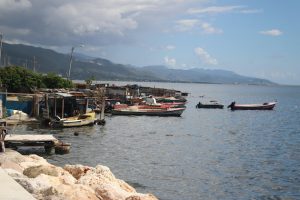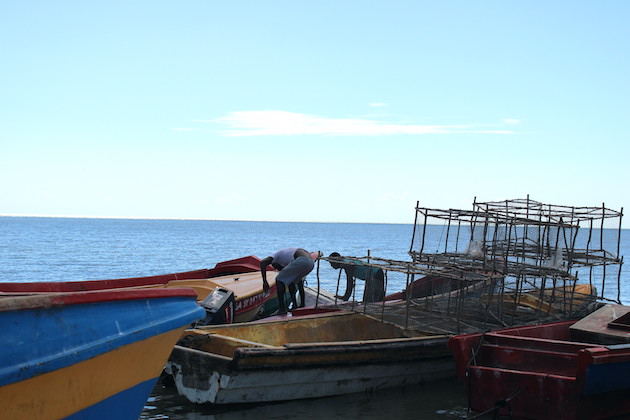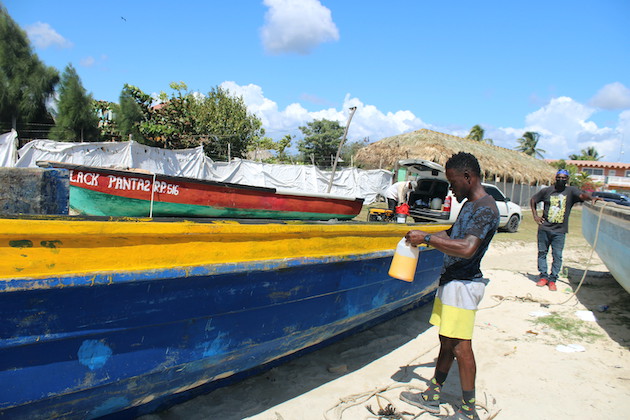San Francisco, Calif., July 28, 2022 (GLOBE NEWSWIRE) — Chargebee, the leading subscription management platform, today announced its Summer 2022 Product Release. The slate of new products and features is focused on enabling high–performing subscription businesses to monetize their existing customers and fend off the growing threats of a tumultuous economy. These new products help businesses build their cash reserves and maintain their customer base at a time when many businesses – and their customers – are struggling with the realities of inflation and drying up of venture capital, the lingering effects of COVID–19 and a decimated global supply chain.
The centerpiece of Chargebee's Summer 2022 Product Release is Chargebee Retention, formerly Brightback, which along with Chargebee Receivables (numberz), and RevRec (RevLock), all acquired by Chargebee over the last 18 months, represent Chargebee's initial foray into becoming a true multi–product company.
Chargebee Retention allows businesses to focus on keeping the customers they already have at a time when both businesses and consumers are being forced to evaluate everything in their portfolios and make difficult decisions. Chargebee Retention enables businesses to customize cancellation experiences with offers geared towards continuing the customer relationship and allows businesses to test out personalized retention–magnet strategies to minimize voluntary churn and strengthen customer lifetime value with an ROI of as much as 800%.
"For subscription businesses, acquiring new customers is at least 2.5 times more expensive than upselling or expanding an existing customer. This factor can be even higher with intelligent automation that decreases customer churn while increasing the chances of expansion," said Mark Thomason, IDC Research Director responsible for Digital Business Models and Monetization practice. "While these retention capabilities are critical during these tumultuous times, keeping happy customers is always in vogue."
Chargebee Receivables helps businesses improve their cash flow management processes by automating accounts receivable workflows. Subscription businesses will now be able to efficiently automate their entire accounts receivables workflow and process from purchase to payment. In addition, Chargebee Receivables also lets businesses proactively engage with customers on predicted payment failure to minimize involuntary churn and increase customer retention.
“Customer retention has become an even bigger focus for us over the past year or so," said Bob Viscount, Vice President at Silhouette U. "The economy has changed a lot, and we've been looking for a solution that helps mitigate some of the cancellations we've been seeing. Customers have chosen to cancel due to cost and having an option to deflect some of these cancellations with a tailored offer in the moment has been a huge boost to our business. Chargebee Retention has proven to be a value–add to our business and has allowed us to provide customers with a comprehensive review of what they'd be giving up while also leveraging offers when needed. The results in a very short amount of time have convinced me that this needs to be a critical component to our business moving forward.”
The volatility of today's market landscape has forced businesses to become adaptable and nimble in ways they hadn't previously expected, tinkering with package and feature offerings and providing new and different services to customers at different price points. The new Chargebee Entitlements offers businesses more control over this new path and enables them to upsell to existing customers by showing them value. Chargebee Entitlements enables businesses to "value–test" and experiment with different packaging and pricing options, better control feature launches with roll–outs to small subsets of customers, and go to market faster. Chargebee Entitlements helps go–to–market teams provide feature access to customers beyond their plan on the flip of a switch, which can be used to incentivize plan upgrades and free–to–paid conversions.
"We've spent months engaging with our customers, learning the ins and outs of their businesses and working with them to determine what types of tools they want and need to face their current challenges head–on," said John Pearce, Vice President of Product Management at Chargebee. "In those conversations, the focus almost always homed in on retaining customers, building long–lasting customer relationships and understanding how Chargebee can help businesses monetize their existing customer base. Chargebee Retention, Chargebee Receivables and Chargebee Entitlements are a direct result of our findings and our desire to give our customers exactly what they need to build and scale their businesses, even in these trying times."
The complete list of features in Chargebee's Summer 2022 Product Release, which also includes in–app purchase management, multi–entity management, integration with PandaDoc to manage quote–based subscription workflows, a RevRec integration that helps businesses recognize revenue in local currency and avoid challenges that hinder growth, and RevRec's ASC 606 expense recognition, can be found here: https://www.chargebee.com/summer–release–2022/
About Chargebee
Chargebee is the subscription management platform that automates revenue operations of over 4,500 subscription–based businesses from startups to enterprises. The SaaS platform helps subscription businesses across verticals, including SaaS, eCommerce, e–learning, IoT, Publications, and more, manage and grow revenue by automating subscription billing, invoicing, payments, and revenue recognition operations, provides key metrics, reports, and business insights and now offers Chargebee Retention and Chargebee Receivables. Founded in 2011, Chargebee counts businesses, like Okta, Freshworks, Calendly, and Study.com amongst its global customer base. Learn more about Chargebee at www.chargebee.com.
###






 In several European cities you may nowadays come across store windows displaying various types of walkers, adjustable beds and other aids for the elderly. Such stores are becoming more common, maybe even replacing shops offering cribs and baby carriages. A phenomenon that might be interpreted as a sign of the fact that Europe’s population is ageing at an increasing speed.
In several European cities you may nowadays come across store windows displaying various types of walkers, adjustable beds and other aids for the elderly. Such stores are becoming more common, maybe even replacing shops offering cribs and baby carriages. A phenomenon that might be interpreted as a sign of the fact that Europe’s population is ageing at an increasing speed. 
